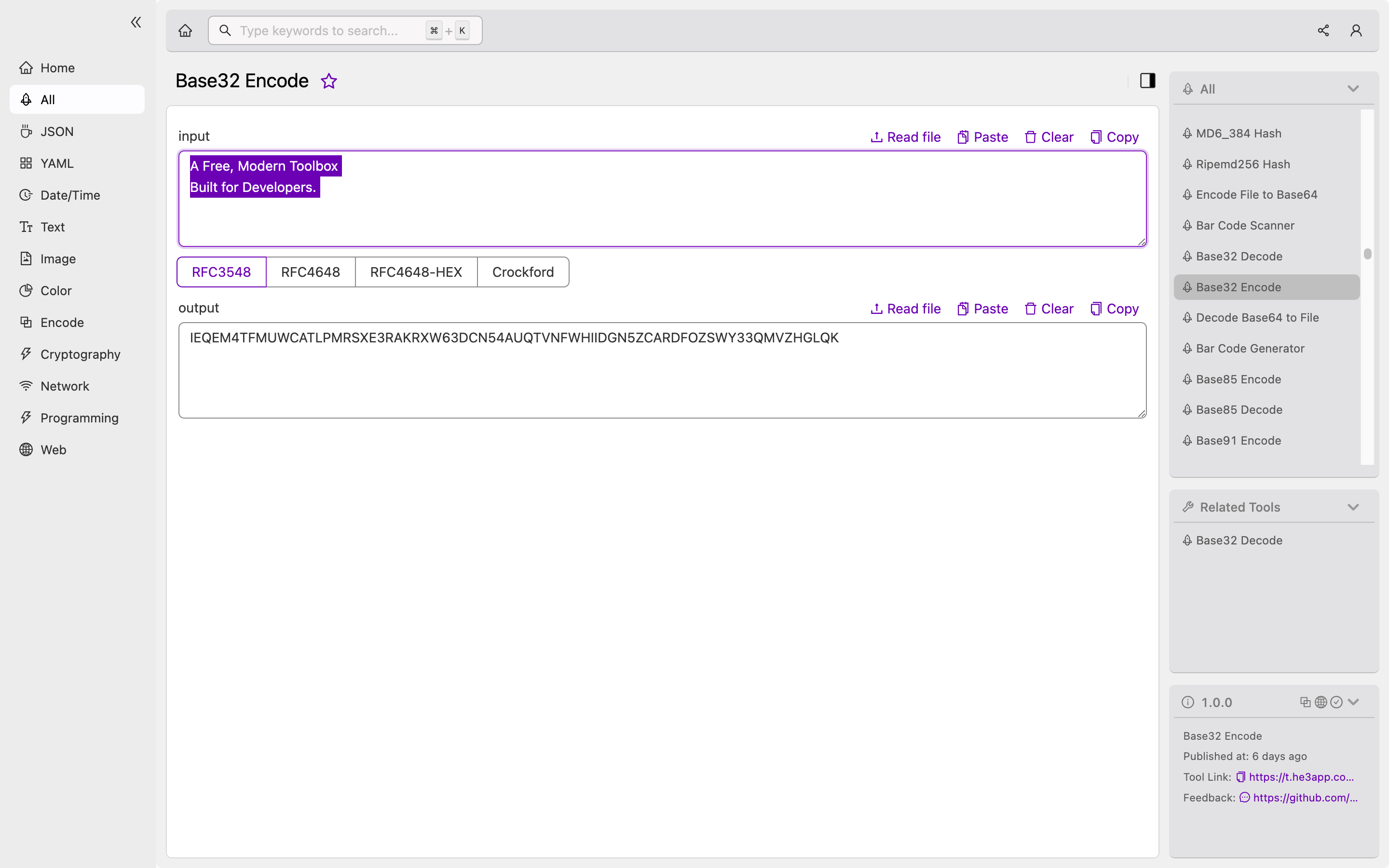Introduction
Data encoding is an integral part of data processing, especially in computer networks. One of the widely used encodings is Base32. In this encoding, binary data is converted into a sequence of 32 ASCII characters. In this article, we will explore the concept of Base32 encode, its working mechanism, scenarios where it can be useful, features, misconceptions, as well as frequently asked questions related to it.
Working Mechanism of Base32 encode
The Base32 encoding works by converting binary data into a string of 32 ASCII characters. This encoding scheme is an extension of Base64 encoding that uses only 32 characters out of the 64 characters of Base64. The reason for this is that some characters in Base64 can be misinterpreted in different contexts or lost in transmission.
The encoding process involves dividing the binary data into 5-bit groups. Each 5-bit group is then converted into an ASCII character using a lookup table. The resulting string is then padded with one or more ’=’ characters to make the total length of the encoded string a multiple of 8.
Here is a Python code snippet that demonstrates the Base32 encoding mechanism:
import base64
data = b'Hello, World!'
encoded = base64.b32encode(data)
print(encoded)
# Output: b'JBSWY3DPEBLW64TMMQQQ===='Scenarios Where Base32 encode is Useful
The following are some scenarios where Base32 encoding can be useful:
- Storing or transmitting binary data in an ASCII-only environment, such as email, SMS, or URLs.
- Representing cryptographic keys or checksums in ASCII format for display or storage purposes.
- Encoding data in a way that is less error-prone than other encodings.
Key Features of Base32 encoding
The key features of Base32 encoding are:
- It can represent binary data in a form that is compatible with ASCII-only systems.
- It is less error-prone than other encodings, such as Base64.
- It is widely used for cryptographic purposes, such as key storage or checksum representation.
Here is a table summarizing the key features of Base32 encode:
| Feature | Description |
|---|---|
| Compatibility with ASCII-only systems | Base32-encoded data can be transmitted or stored in ASCII-only environments. |
| Less error-prone encoding | Base32 encoding can correct up to 3 characters in a single encoded block. |
| Wide adoption in cryptography | Base32 encoding is widely used for representing cryptographic keys or hashes. |
Misconceptions and Frequently Asked Questions
Misconception: Base32 encoding is a form of encryption.
Base32 encoding is not a form of encryption. It is a method of data encoding that transforms binary data into a string of 32 ASCII characters. The main purpose of Base32 encoding is to represent binary data in a form that is compatible with ASCII-only systems.
FAQ 1: What is the maximum length of the data that can be Base32 encoded?
The maximum length of data that can be Base32 encoded is determined by the maximum length of the input data that can be divided into 5-bit groups.
FAQ 2: Is Base32 encoding reversible?
Yes, Base32 encoding is reversible. The original binary data can be obtained by decoding the Base32-encoded string using a Base32 decoder.
Conclusion
In conclusion, Base32 encoding is a widely used encoding scheme that can be used to represent binary data in a form that is compatible with ASCII-only systems. It is widely used for transmitting or storing binary data in email, SMS, or URLs. If you need to perform Base32 encoding, you can use the built-in methods in your programming language or use a third-party tool. Or you can use base32 Encode tool in He3 Toolbox (https://t.he3app.com?dizm ) easily.

